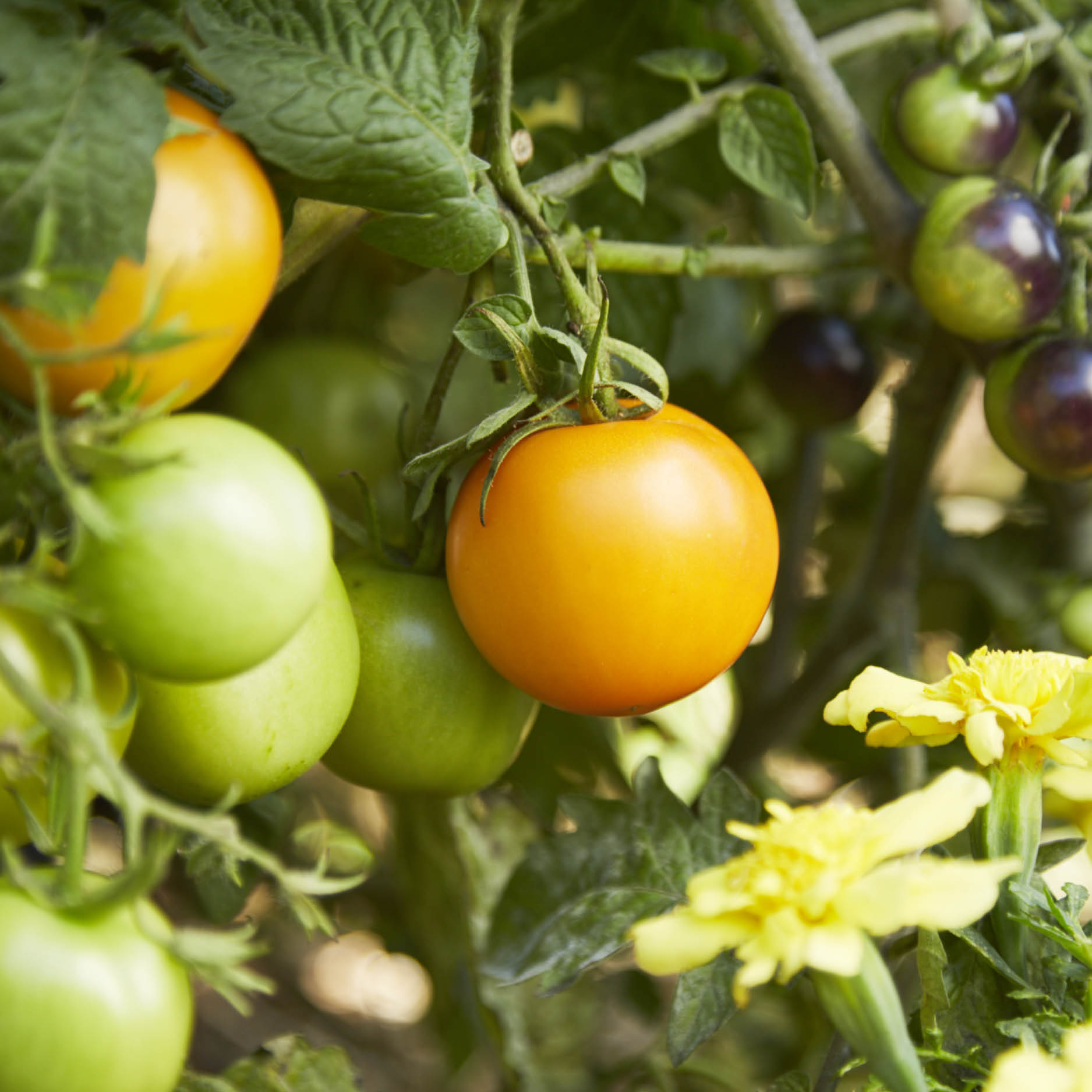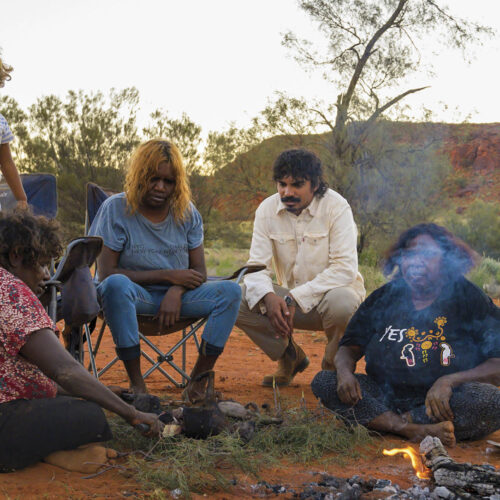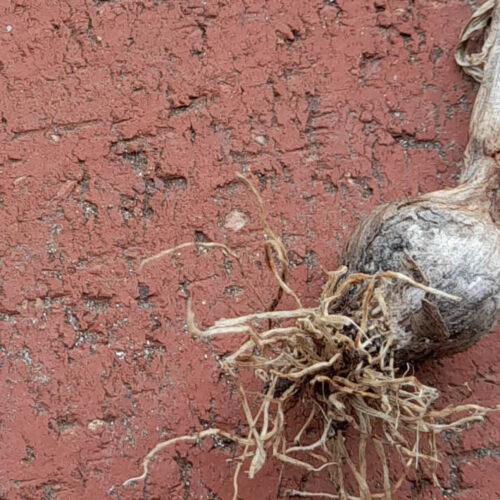Tomato pests and diseases
2014-10-22T02:51:10+11:00
Common tomato pests and diseases explained, by LINDA COCKBURN.
Common Tomato Diseases
Target spot
Description: Brown to black spots first appear on lower leaves, eventually spreading. Spots generally have a series of concentric circles.
Solution: Disease can be carried on seed so only sow disease-free seed. Remove and destroy infected material. Spray remaining foliage and fruit with copper oxychloride (available from garden centres).
Fusarium wilt
Description: Begins with yellowing on the bottom leaves and works its way up the vine. The vines eventually brown and wilt and may die. Common in hot weather.
Solution: To confirm infection, split open the stems. If they reveal pink to brown discolouration, fusarium will is present. Maintain a pH of 6.5–6.8 (unfavourable for the disease). Keep plants mulched to cool the soil and slow symptoms.
Verticillium wilt
Description: Symptoms are similar to fusarium wilt. Lower leaves dry out and wilt first. The whole plant may die.
Solution: Remove and destroy infected plants. If symptoms persist, grow in pots of fresh potting mix, which is a solution for most wilts.
Bacterial wilt
Description: Young leaves wilt in hot weather, despite adequate soil moisture. The plant remains green but rapidly wilts and dies.
Solution: To confirm infection, cut the stem at the base of the plant and suspend in water. If bacterial wilt is present, a white slimy substance will be released. There is no cure. Lift and destroy immediately.
Septoria leaf spot
Description: Affects lower leaves first then moves up the plant. Key signs are small yellow spots that turn brown with a black spot in the centre. In an advanced state, the leaves yellow then brown and fall off.
Solution: Regularly remove and destroy infected material. Protect remaining foliage by spraying with copper oxychloride.
Anthracnose
Description: Affects ripe or ripening fruit. Shows up as small soft, sunken waterlogged spots. Common in fruit near the ground and spread by splashing water.
Solution: Keep staked with fruit clear of the ground. Remove diseased fruit from plants and soil surface. Spray remaining fruit with copper hydroxide as ripening begins. Use crop rotation. Seed in diseased fruit will be infected so use healthy seed for new crops.
Mosaic virus
Description: Light and dark green blotches on the leaves and sunken brown patches under the fruit skin.
Solution: There is no cure. Lift and destroy affected plants. Avoid replanting in same patch. Sterilise tools and wash hands. Plant disease-resistant varieties.
Common Nutrient Deficiencies in Tomatoes
Nitrogen
Description: Stunted growth. Older leaves are yellow. Younger leaves turn pale green.
SOLUtion: Add well-aged compost or manure. Also diluted fish emulsion or small amounts of dry chicken manure. Don’t overdo it. Too much nitrogen encourages lush leaves with little fruit.
Phosphorus
Description: Stunted growth. Purpling leaves, particularly the undersides.
SOLUtion: Check your soil pH – phosphorus is unavailable when pH is too high or too low. Treat accordingly with blood and bone or rock phosphate.
Potassium
Description: Brown scorching on the leaf margins and chlorosis (yellowing) between the leaf veins. Blotchy ripening in fruit.
SOLUtion: Use a kelp foliar spray and lightly sprinkle rock potash or wood ash around the plant. Water in. Add well-aged manure and compost.
Iron
Description: Pale yellow leaves, or interveinal chlorosis, particularly of the younger leaves.
SOLUtion: Check your soil pH as it may be a sign of alkaline soil. An application of sulphur may assist. A foliar spray of iron chelates will help green up the leaves within a couple of weeks.
Calcium
Description: Blossom-end rot or darkening at the base of the fruit. Browning around the base of the leaves.
SOLUtion: Spread agricultural lime and water well to correct the deficiency.
Tomato Pest Guide
Cutworm
Description: Chew through stems of seedlings overnight, killing them.
SOLUtion: Use toilet rolls cut in sections or other recycled material to place around the plant stem to create a physical barrier.
Stem borer
Description: Sudden dieback of a plant, traced to a rotting brown stem.
SOLUtion: Observe the stem health and if any brown areas occur you may be able to push a pin through the stem at regular intervals and kill the larvae. If the limb wilts, cut it off and burn to eliminate any eggs.
Aphids
Description: Clusters of small sap-sucking insects, usually under leaves. Will reduce plant vigour and can spread plant diseases.
SOLUtion: Check plants regularly. Squash between thumb and forefinger or spray infestations with garlic or soap sprays.
Whitefly
Description: Tiny white-winged sap-sucking insects that congregate on the undersides of leaves, reducing plant vigour. Adults fly from plants when disturbed but quickly resettle.
SOLUtion: Sticky yellow traps hung amongst crops will attract and control large numbers. Covering plants early with fruit fly netting will reduce attack. Spray with pyrethrum and oil-based sprays to control large infestations.
Caterpillars
Description: These enter fruit at a young stage. Fruit continues to grow with the caterpillar developing inside. Rot occurs as fruit ripens.
SOLUtion: Spray plants with Bacillus thuringiensis or cover crops with fruit fly netting to keep adult moths from laying eggs on plant material.
Fruit fly
Description: White maggots found in ripening fruit causing fruit to spoil and rot.
SOLUtion: Install fruit fly traps to detect the presence of fruit fly. Cover crops with fruit fly netting or enclose individual bunches of fruit in exclusion bags. Cherry varieties are less susceptible to attack.
Slugs
Description: Chew large holes in fruit.
SOLUtion: Train plant so leaves don’t come in contact with the soil. Use slug traps and pet-safe baits.







